Hidden plastic in everyday life? Tatsächlich gibt es unfassbar viele alltägliche Dinge, in denen der Kunststoff steckt, ohne dass wir es wissen oder bemerken! Und wahrscheinlich lauert garantiert auch das ein oder andere davon bei dir zu Hause, falls du nicht schon vollkommen plastikfrei lebst. 😉
Ob Haushaltswaren oder Lebensmittel – in diesem Artikel möchte ich dir jetzt eine Liste gewöhnlicher Gegenstände und Produkte vorstellen, von denen nur wenige Menschen wissen, dass sich darin tatsächlich Plastic versteckt. Auf geht's!
Zur besseren Übersicht habe ich sie dir in die folgenden Kategorien unterteilt:
Haushalt: In welchen alltäglichen Haushaltswaren versteckt sich Plastik?
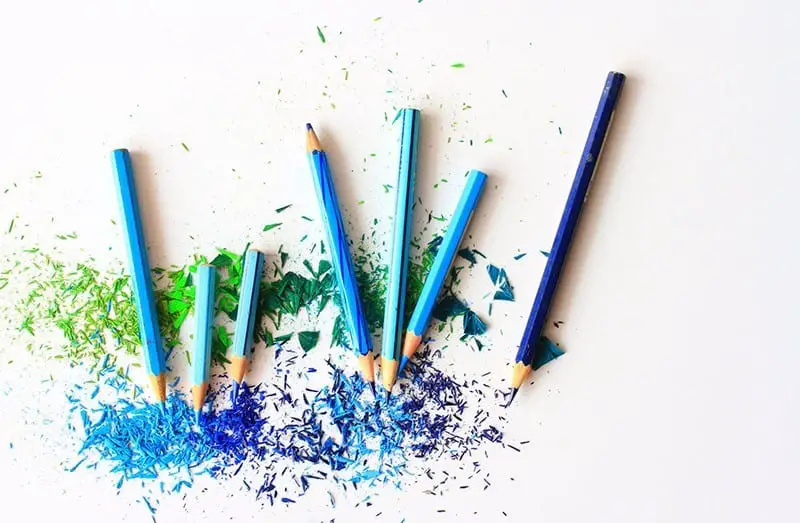
Ja, auch in gewöhnlichen Produkten aus der Rubrik Haushalt und Leben findet man bei genauerer Betrachtung Plastik, das viele von uns dort nicht gerade erwartet hätten.
Die folgenden Artikel sind sehr gute Beispiele dafür, dass sich auch in total gewöhnlichen Alltagsgegenständen Plastik versteckt. Ich habe jeweils auch noch kurz erwähnt, warum der Kunststoff überhaupt ein Bestandteil des Produkts ist:
- Baking paper: Damit es nicht am Gitter oder dem Backblech kleben bleibt.
- Crayons & Pencils: Dünne Plastikschicht für höhrere Bruchfestigkeit der Minen.
- Detergent: Microplastics und sogenannte wasserlösliche Polymere sind oft als Trübungsmittel, Verdickungsmittel oder Farbstoff darin enthalten.
- Cleaning products: Enthalten häufig Flüssigkunststoffe (Cross-Polymeren). Das Plastik soll hartnäckigen Schmutz durch Reibung abschleifen.
- Cushion: So besteht zum Beispiel die Füllung oft aus Polyurethan oder der Reißverschluss des Kissenbezugs aus synthetischen Kunststoffen.
- Glitter: Auch Glitzer enthält synthetische Polymerpartikel oder besteht oft auch aus mit Kunststoff beschichtetem Aluminium. (deshalb ist es auch bereits verboten)
- Zigaretten: Zigaretten enthalten nicht nur Schadstoffe, im Filter versteckt sich leider auch Plastik. (Gut zu wissen: Weltweit landen jeden Tag etwa 10 Milliarden Cigarettes in the environment)
- Tampons: Sowohl das Bändchen, als auch die Beschichtung des Tampons selbst, bestehen aus Kunststoff. Bei Damenbinden ist das ähnlich!
- Toilet paper: Nicht nur die Verpackung besteht aus Plastik! Oft hat sogar das Toilettenpapier selbst einen kleinen Kunststoffanteil.
- Textiles: In gewöhnlichen Kleidungsstücken finden wir heutzutage unter anderem Polyacryl, Polyamid, Polyurethan, Polyester und viele andere Kunststoffe.
Lebensmittel: In welchen Nahrungsmitteln versteckt sich Plastik?
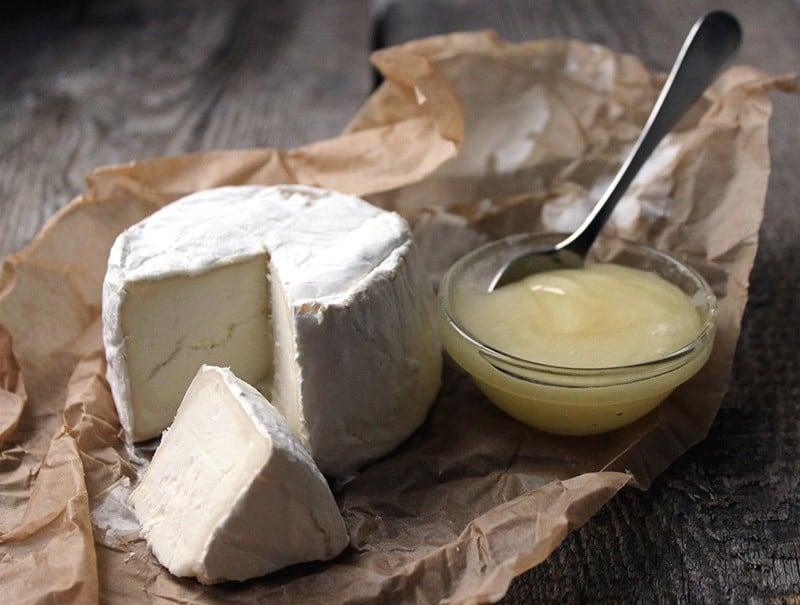
Es ist noch nicht schlimm genug, dass wir verstecktes Plastik in alltäglichen Dingen wie Backpapier oder unserer Kleidung finden, nein! Auch in vielen Lebensmitteln versteckt sich der Kunststoff. Wo genau, kannst du der folgenden Übersicht entnehmen:
- Chewing gum: Richtig gehört, auch in vielen Kaugummis steckt Plastik! Mit den Kunststoffpolymeren wird nämlich die Kaumasse gestreckt.
- Coffee filter: Bei vielen Kaffee- und auch Teefiltern wird Plastik eingesetzt, um sie reißfester zu machen.
- Beer: Der schwer auszusprechende Kunststoff Polyvinylpolypyrrolidon (PVPP) dient bei der Herstellung als Stabilisierungsmittel und sorgt dafür, dass das Bier möglichst lange klar bleibt. Rückstände wurden bereits im Bier nachgewiesen.
- Canned food: Sie bestehen nicht nur aus Weiß- oder Aluminiumblech, sondern auch aus Plastik. Es versteckt sich in der Innenbeschichtung der Blechdosen, damit das Metall nicht angegriffen wird.
- Fleisch- und Milchprodukte: Zwar nicht planmäßig – doch auch in Fleisch- und Milchwaren wurde bereits Plastik nachgewiesen. Nach EU-Kunststoffverordnung sind sogar bis zu 60 Milligramm Kunststoff pro Kilogramm Lebensmittel erlaubt.
- TetraPak: Getränkekartons haben auch eine dünne Kunststoffbeschichtung. Sie verhindert das Aufweichen des Kartons und schützt das Aluminium vor sauren Flüssigkeiten.
- Glasflaschendeckel: Leider sind auch die Deckel herkömmlicher Glasflaschen eine Plastikbeschichtung – auch wenn sie oft wie gewöhnliches Metall aussehen.
- Sausage and cheese paper: Die Papierverpackungen an der Frischetheke hat immer eine dünne Kunststoffbeschichtung, die als Frischhalteschutz und Trenner der Lebensmittel dient.
- Mineral water: Tatsächlich wurden in rund 80 Prozent der geprüften Mineralwasser Mikroplastik-Rückstände nachgewiesen.
- Frozen packs: Leider enthalten auch die Pappverpackungen für Fischstäbchen oder gefrorenen Spinat eine Kunststoffschicht. Solche Verbundverpackungen erschweren leider das Plastics recycling.
- Speisesalz: Verwendest du auch gerne Tafel- oder Meersalz? Dann interessiert dich sicher, dass in 7 von 10 der vom Umweltbundesamt geprüften Salze versteckte Plastik-Verunreinigungen festgestellt wurden.
Tip: Vielleicht interessiert dich auch der Artikel über die absolut most superfluous plastic packaging, die jemals gesichtet wurden. Bei vielen der Beispiele fragt man sich, wie man überhaupt auf solche Ideen kommen konnte.
Kosmetika: Welche Pflegeprodukte enthalten verstecktes Plastik?
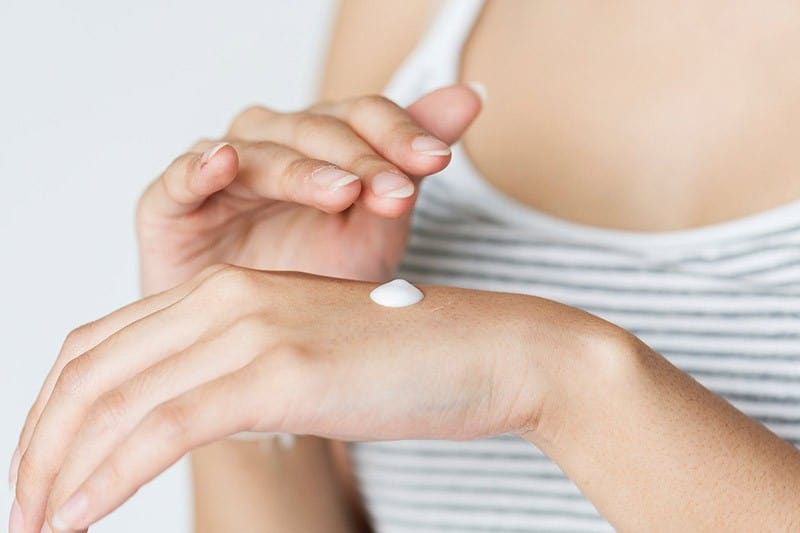
That Microplastics in cosmetics versteckt, dürfte dir möglicherweise schon bekannt sein! Schließlich wird das Thema mittlerweile viel diskutiert und ist auch immer wieder mal in den Medien.
In den folgenden Kosmetik-Produkten verstecken sich die kleinen Kunststoffe zum Beispiel:
- Toothpaste: Ja richtig gehört! Zum einen entsteht schon Plastikmüll durch die Tube, zum anderen enthalten viele Zahnpasten leider auch selbst Mikroplastikpartikel, die unter anderem als Putzkörperchen dienen.
- Lipsticks: Ja, auch in Lippenstiften können sich Plastik-Bestandteile verstecken. Dasselbe gilt übrigens auch für Lidschatten und Puder. Der billige Kunststoff fungiert in diesem Fall als eine Art Bindemittel.
- Mascara: Tatsächlich ist fast jeder Mascara mit kleinen Mikroplastik-Bestandteilen versehen. Die schwer abbaubaren Polymere sollen für künstliches Volumen sorgen.
- Nail polish: Wenn wir über verstecktes Plastik im Alltag sprechen, dann darf Nagellack nicht fehlen. Der Kunststoff macht den Lack nämlich dickflüssiger und widerstandsfähiger.
- Peelings: Das, was du in klassischen Peelings auf deiner Haut spürst, ist häufig Mikroplastik. Der Kunststoff übernimmt dabei die schleifende Funktion auf der Haut.
- Wet wipes: Feuchtes Toilettenpapier reißt deshalb nicht so schnell, weil die Tücher nicht aus Zellulose, sondern aus einem Polyester-Viskose-Mix bestehen.
- Sunscreen: Bei vielen Sonnencremes zählen Flüssigpolymere zu den Inhaltsstoffen. Der versteckte Kunststoff soll vor allem für Glanz und Geschmeidigkeit sorgen.
- Shower gels & shampoos: Unfassbar viele Marken strecken ihre Duschpflegeprodukte tatsächlich mit billigem Mikroplastik, dass dann über die Abflüsse ins Meer gelangt.
Tip: Was kann man also grundsätzlich tun, um vor dem Kauf eines Produktes zu prüfen, ob sich darin Plastik versteckt? Ich empfehle dir dafür die CodeCheck App, mit der du den Barcode eines Produktes einfach scannst und unmittelbar danach deine Antwort erhältst!
Weitere Gegenstände: In welchen Dingen versteckt sich sonst noch Plastik?
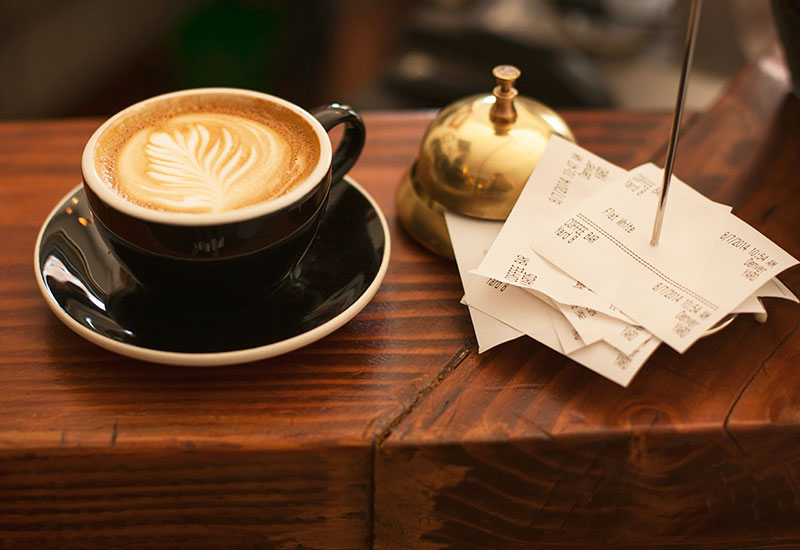
Einige Dinge in denen du verstecktes Plastik finden kannst, passten in keine der bisher genannten Kategorien. Deshalb stelle ich sie dir hier zum Abschluss noch einmal gesondert vor, da sie ebenfalls unbedingt Teil dieser Liste sein sollten:
- Receipt: Belege bestehen aus Thermopapier, dass wiederum mit einer Kunststoffschicht versehen wird. Deshalb gehören sie auch in den Restmüll.
- Adhesive: Es gibt nicht nur Kunststoffkleber, Klebstoffe enthalten auch selbst Kunststoffe. Ob Kleber am Klebeband, in der Tube oder im Klebstift – das Plastik macht sie unter anderem stabiler und besser besser haftbar.
- Labels: Auf Äpfel, Bananen und anderen lose Lebensmittel werden meist kleine Aufkleber geklebt, die entweder aus Kunststoff bestehen oder zumindest mit Plastik-Kleber versehen sind.
- Kartons: Selbst ein Pappkarton hält oft nur zusammen, weil er mit Kleber aus Kunststoff zusammengeklebt wurde. Außerdem sind meist sogar noch Plastik-Rückstände aus dem Verarbeitungsprozess nachweisbar.
Tip: Die genannten Gegenstände enthalten nur geringe Mengen Plastik. Das massive Problem mit dem Plastic waste in the environment wird allerdings an anderer Stelle gelöst! Wie du Teil der Lösung werden kannst, erfährst du unter anderem im Artikel für Zero Waste Anfänger.
Verstecktes Plastik im Alltag – leider leicht zu finden!
Ob als Binder, Freshness protection, für eine eine bessere Liability or simply to do things tearproof zu machen: Wie du in diesem Artikel sicherlich gemerkt hast, finden wir den Kunststoff heutzutage leider in unfassbar vielen Alltagsgegenständen.
Er ist ewig. Auch wenn wir glauben, den Kunststoff aus unserem Leben verbannt zu haben, taucht er weiterhin in fast unsichtbarer Form dann doch wieder irgendwo auf. Bitte betrachte das Leben ohne Plastik deshalb stets als langfristiges Ziel, um auch dauerhaft motiviert zu bleiben.
Das Vorhaben wird sicherlich einige Zeit in Anspruch nehmen bis wir es erreicht haben – doch die plastikfreien Alternativen sind bereits auf dem Vormarsch und werden dafür sorgen, dass sich der Kunststoff in unserem Alltag nach und nach reduziert, bis wir ihn schließlich ersetzt haben.
"The world changes by your example, not by your opinion."
Paulo Coelho (more at Zero Waste Quotes)
Hast du Fragen, Tipps oder fallen dir weitere Beispiele für verstecktes Plastik im Alltag ein? Dann schreib mir doch unter diesem Beitrag gern einen Kommentar.
Stay clean,

PS: In my Plastic free blog von CareElite bekommst du noch viele weitere Tipps. Schau dir als Nächstes gern an, welche Gegenstände zur Zero Waste Basic Equipment zählen und dir das möglichst plastikfreie Leben deutlich einfacher machen!


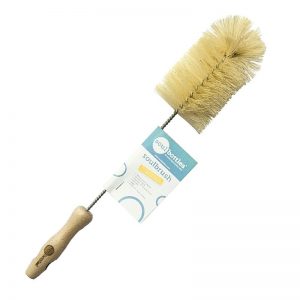
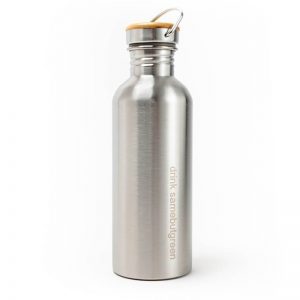
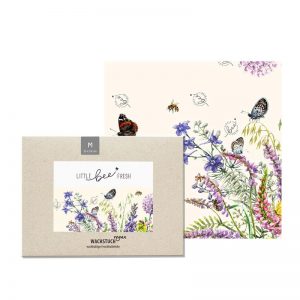
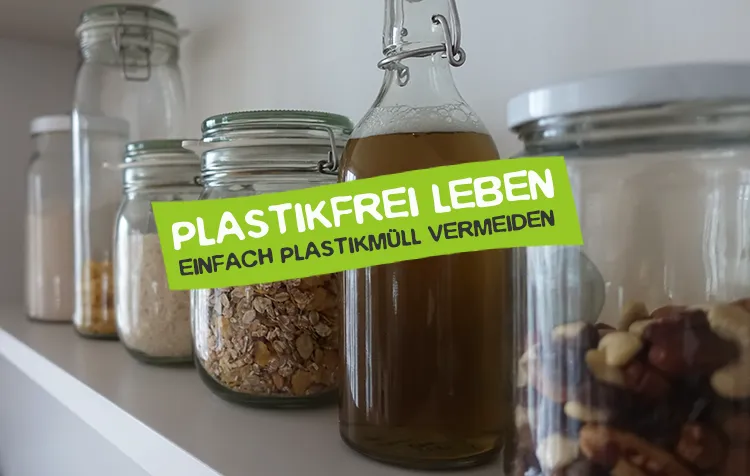
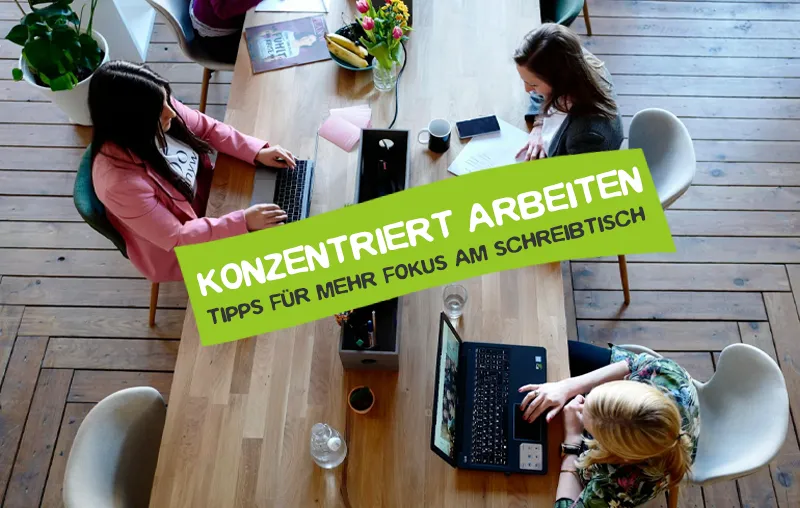
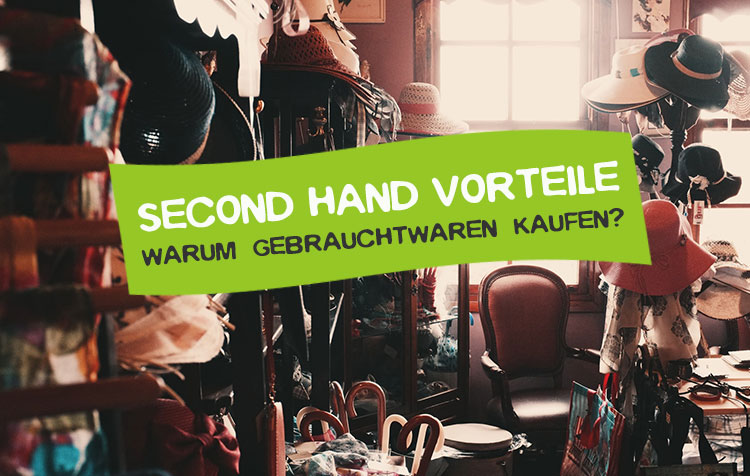
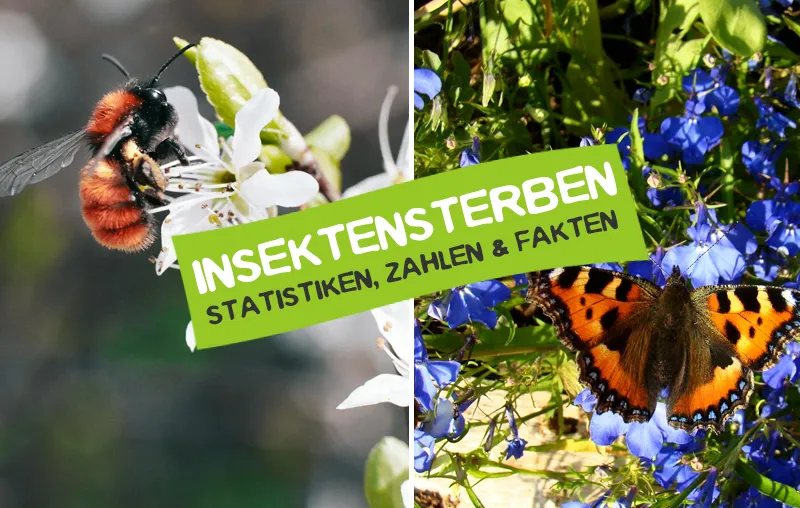
It's really scary that plastic is in so many things. But so is sand. There is sand in detergent and in toothpaste. As well as in wine. It's really frightening when you take a closer look at it. We must finally do something against the plastic, so that it does not come to the mass death. And so that we ourselves are better off and live healthier.
Hi Jona! Thank you for your words, absolutely right. Now a new awareness is finally emerging in our society, which means we can definitely make the change.
Best regards
Christoph
That's good what you're doing.
Thank you Gustav!
Greeting Christoph
In fact, some surprises and that although I have actually already felt quite fit in banning plastic from my life! Ultimately, I feel only confirmed that own, brought packaging, are the only truly plastic-free solution when shopping!
Hi Kathrin! I see that like you...
At some point, hopefully, there will be the one solution that will prevail worldwide and replace plastic.
Many greetings
Christoph
Comments are closed.